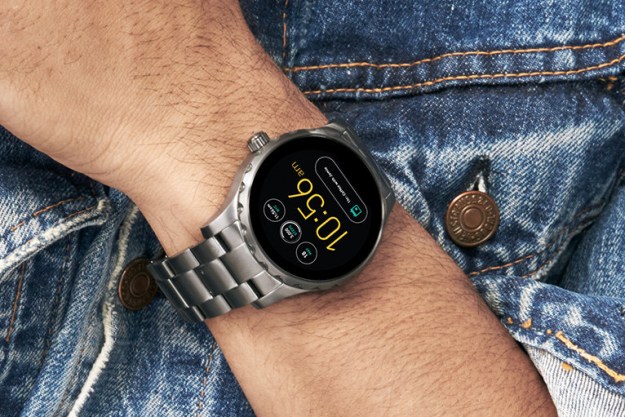
According to insiders, three head-mounted devices are currently on the workbench, two of which have no screen and “rely on audio”, according to a report from The Information.
You’re right, that does sound like a roundabout way of saying “headphones,” but surely the Mountain View crew is cooking up something a little spicier than that?
The two sets without screens – one of which is apparently aimed at sports enthusiasts – reportedly use bone conduction to transmit audio, just like the original Glass. With that in mind, it seems we could be looking at a gadget with hands-free computing functionality that incorporates voice and/or touch control. Or maybe something else entirely.
The third device mentioned in the report sounds very much like another version of Glass, ie. it does have a display. This one is targeted at enterprises, with Project Aura reportedly looking to launch at least two of the three devices next year. But considering how we were kept hanging on with Glass, best not to build your hopes up.
The Information’s story appears to back up a report at the end of last year suggesting the team was considering a sleeker, more minimalist design that does away with the clutter seen with earlier versions of Glass.
Google recently expanded its Project Aura team following a hiring spree, the Wall Street Journal reported in September. The company is thought to have gone after engineers, software developers, and project managers, with some of the new recruits coming from Amazon’s Lab126 R&D unit in Silicon Valley after the ecommerce giant laid them off.
Editors' Recommendations
- Google is making Android devices work better together with expanded Fast Pairing
- The Google Pixel 4a will likely launch on July 13 without 5G
- Galaxy Fold and Google Glass show how our attitudes toward new tech have changed
- Here’s what Google’s Tiles on Wear OS look like, and how they work


